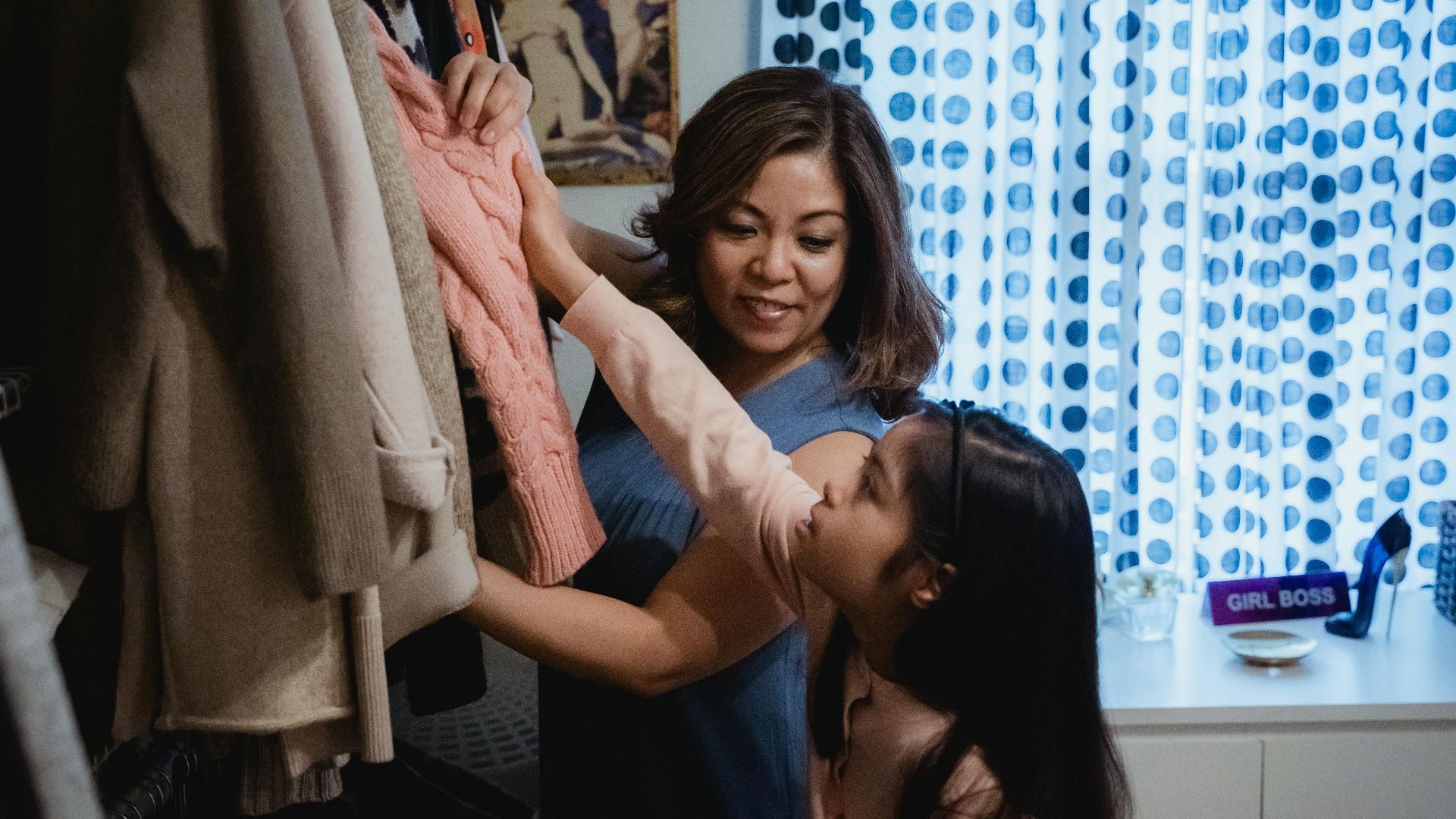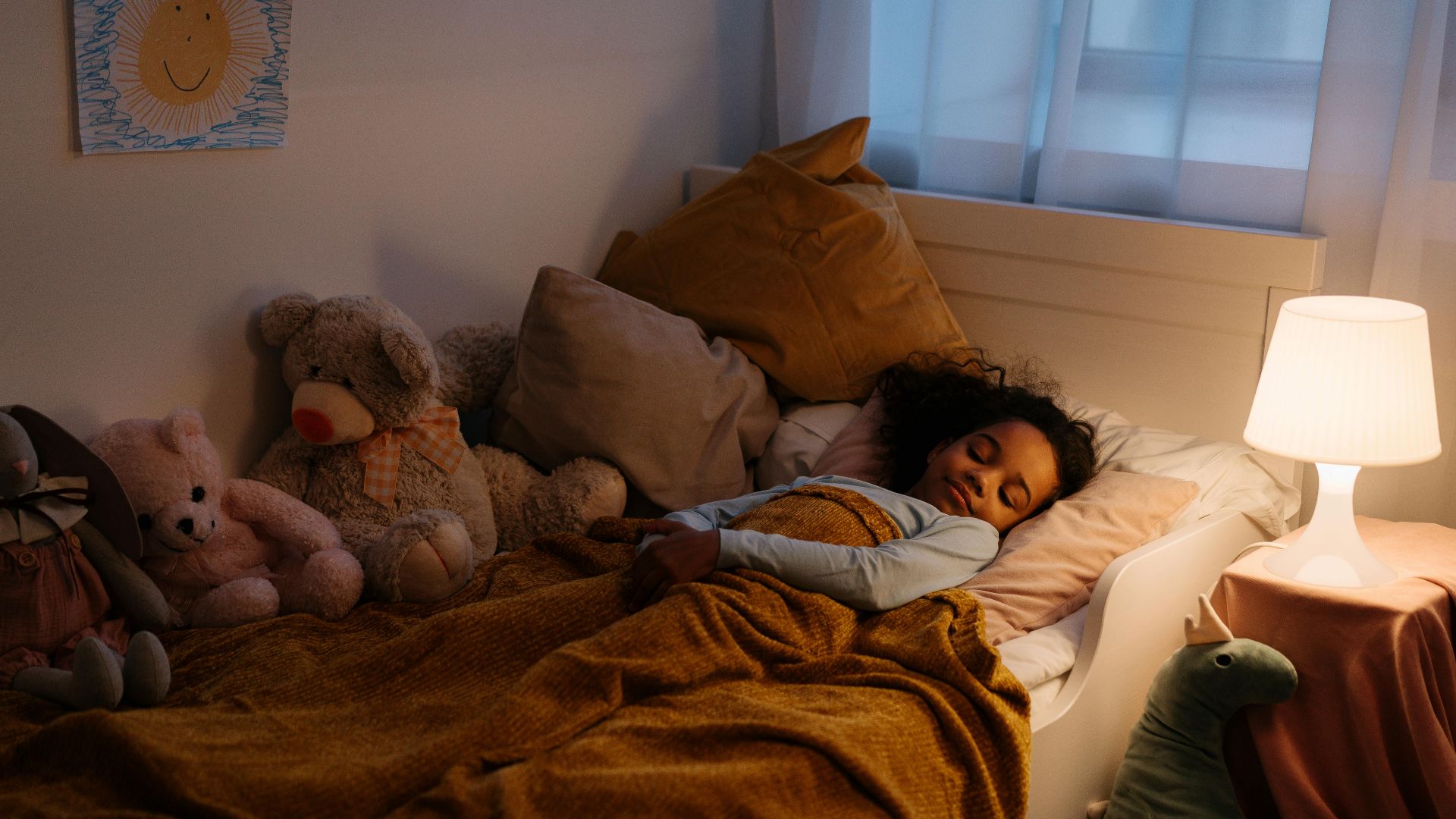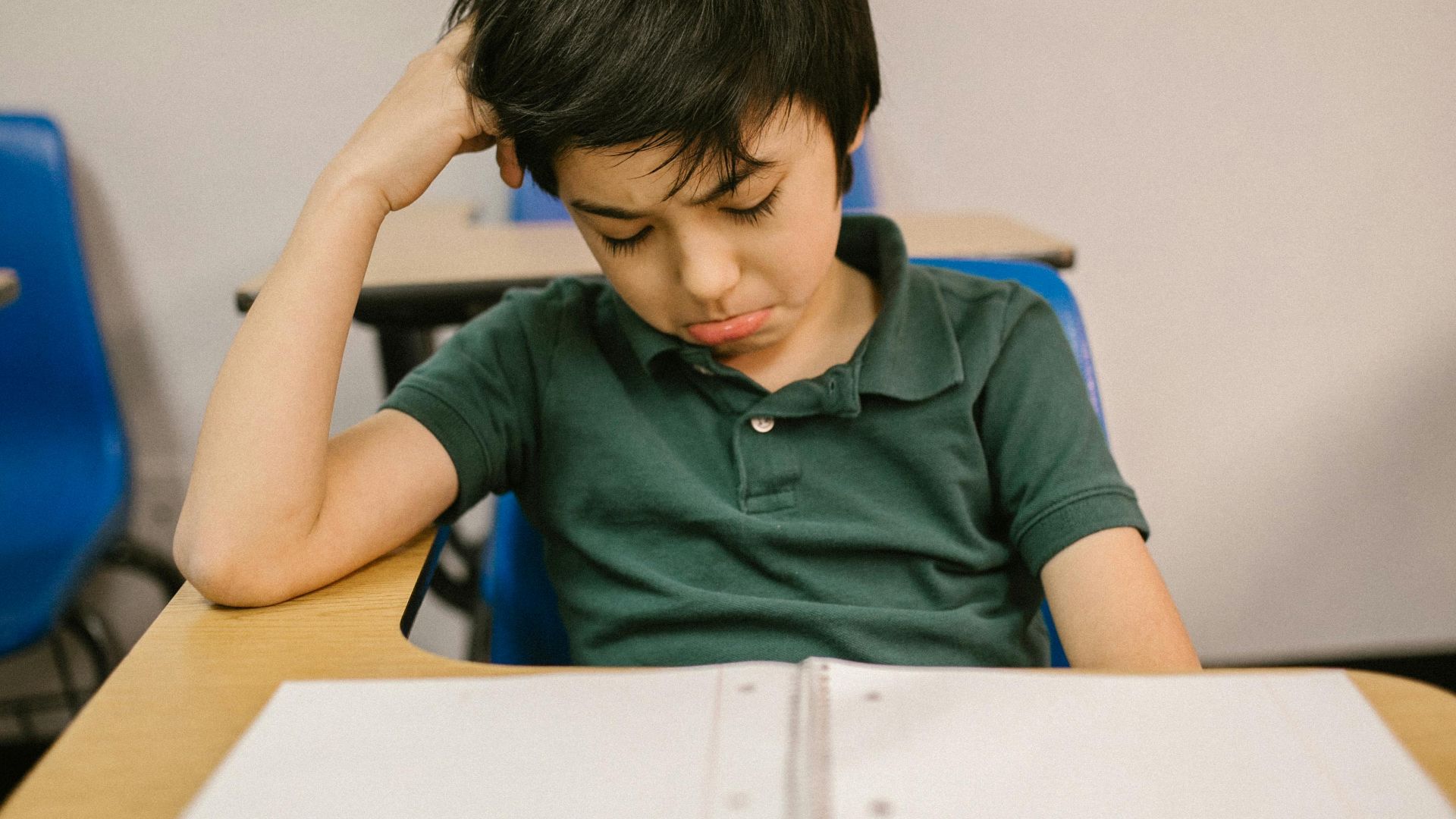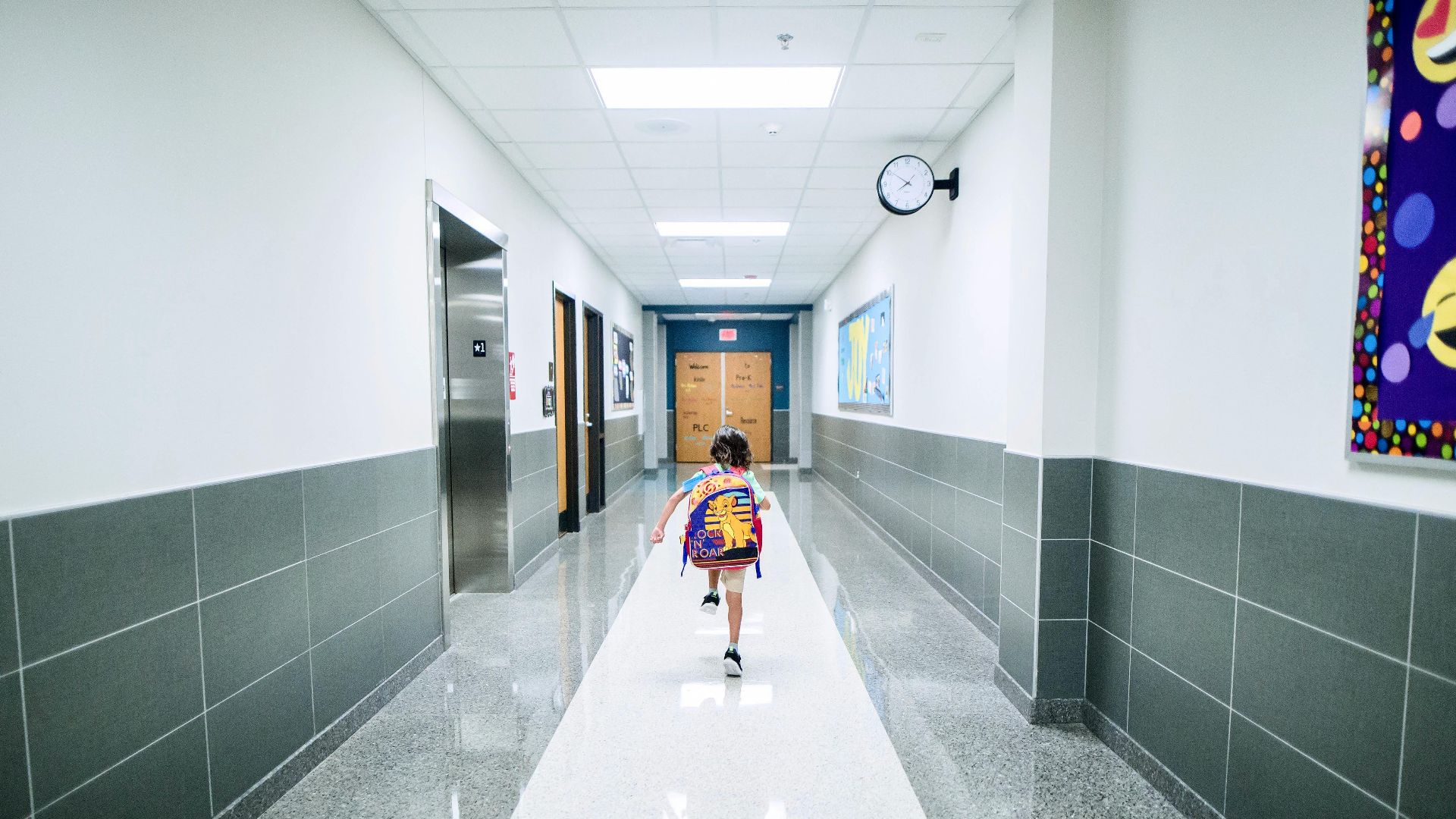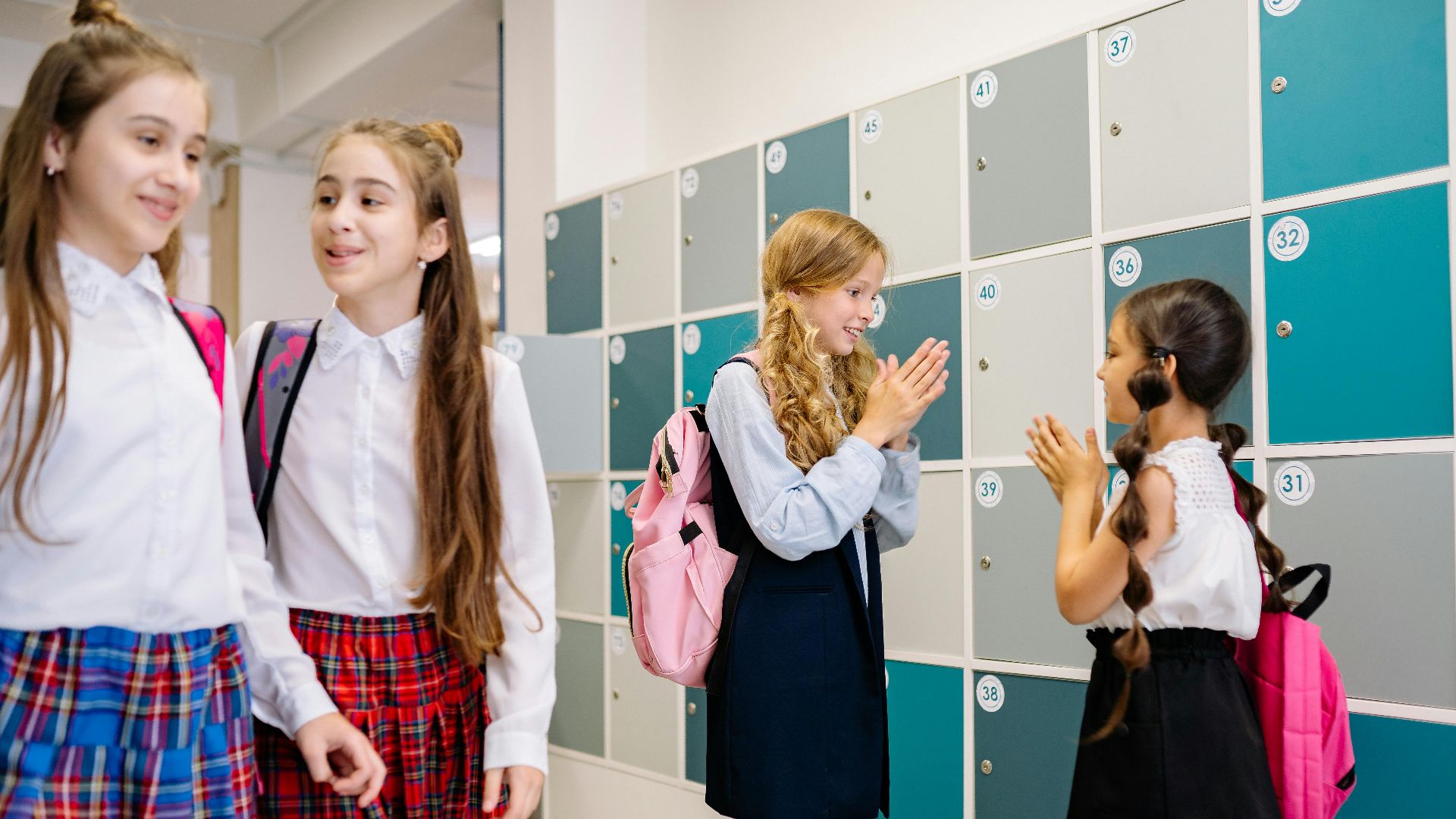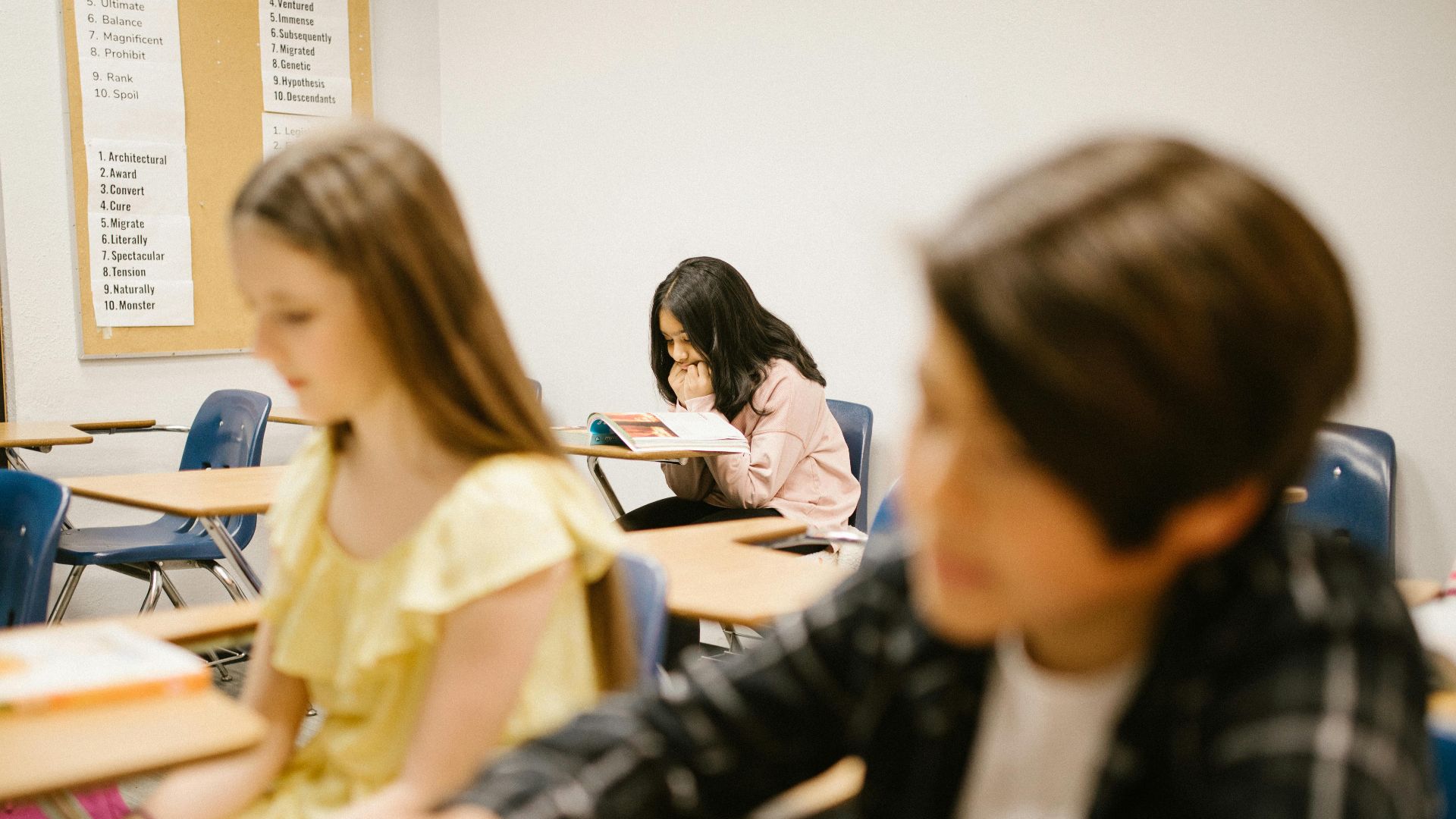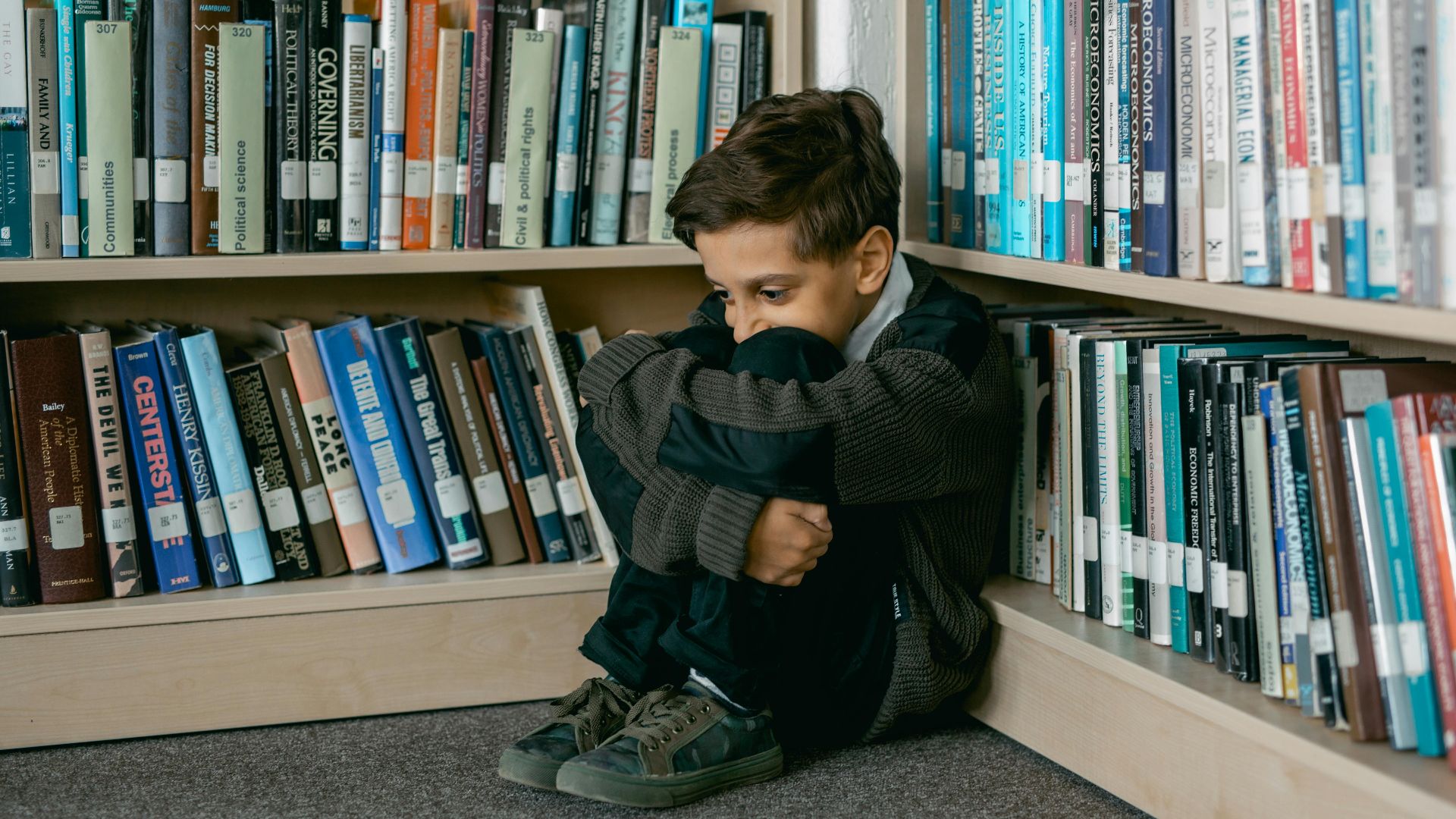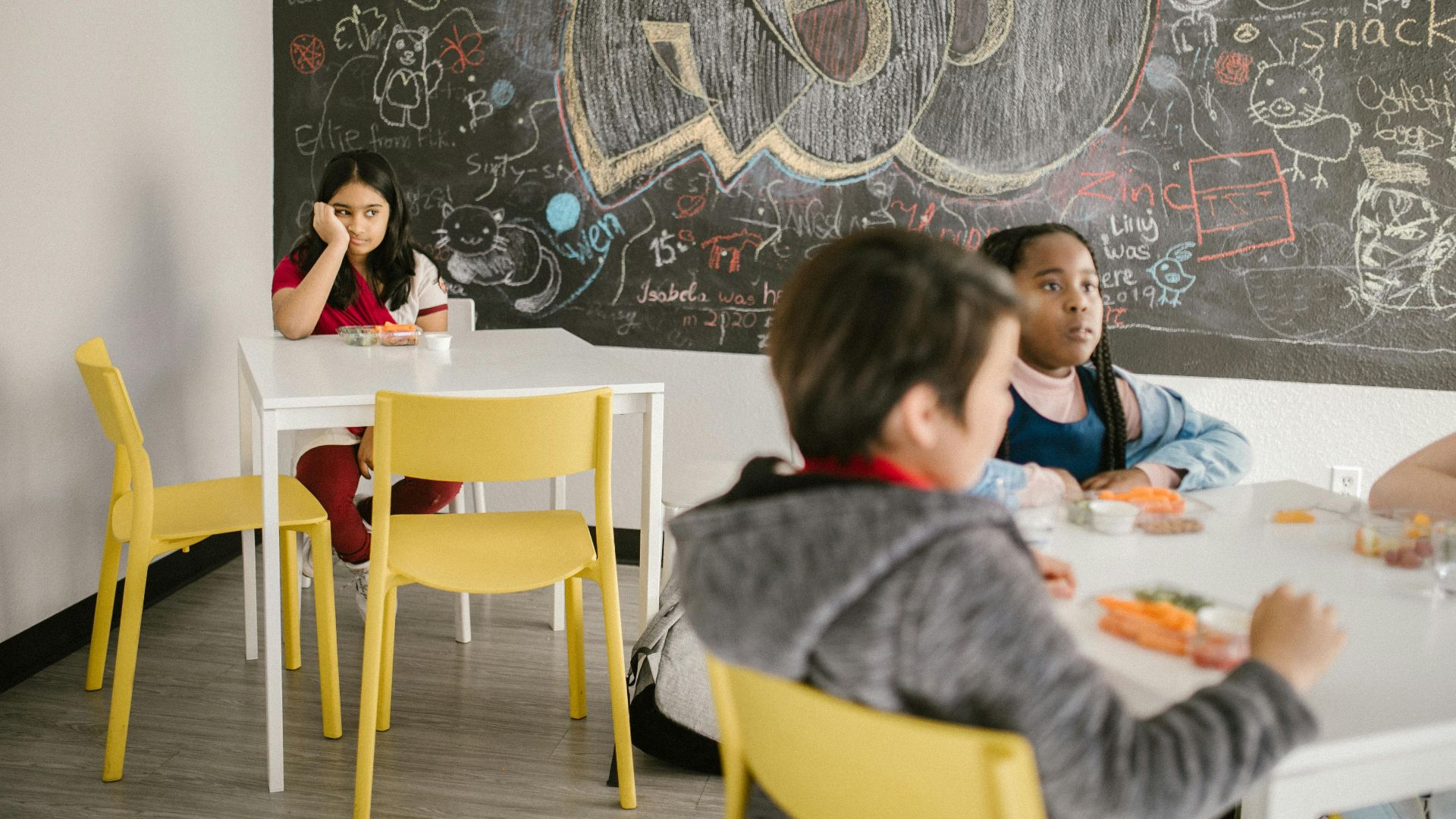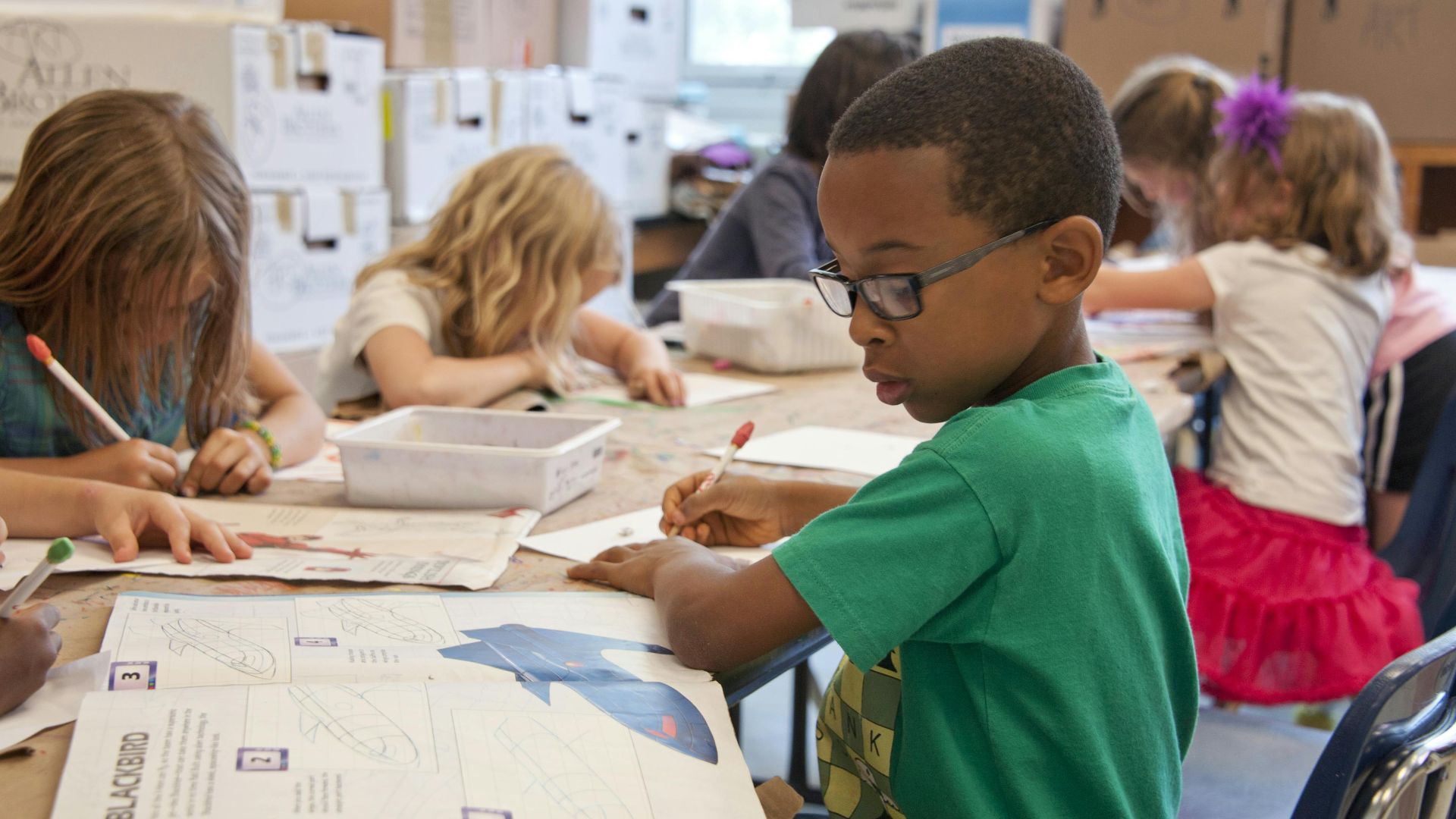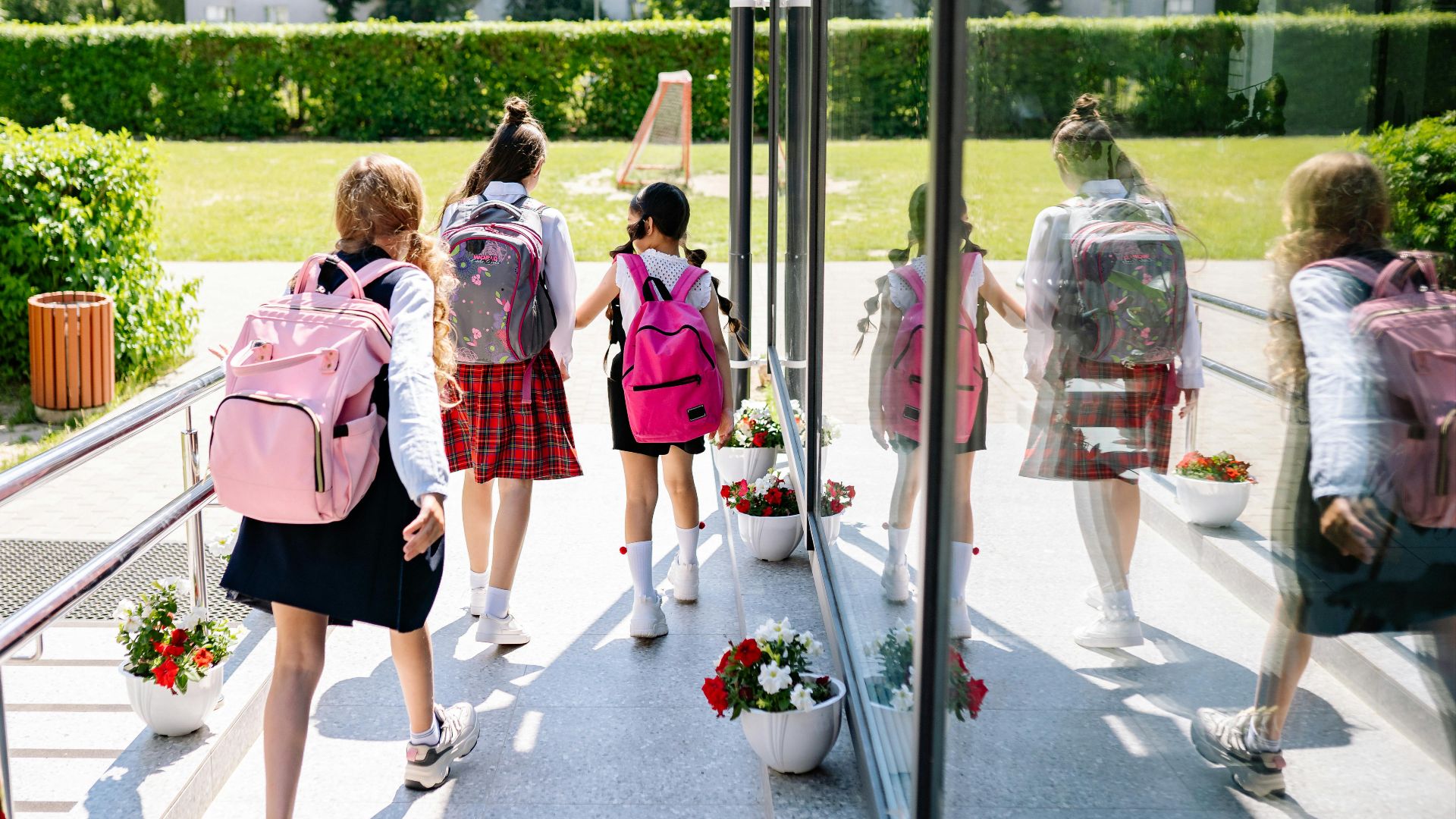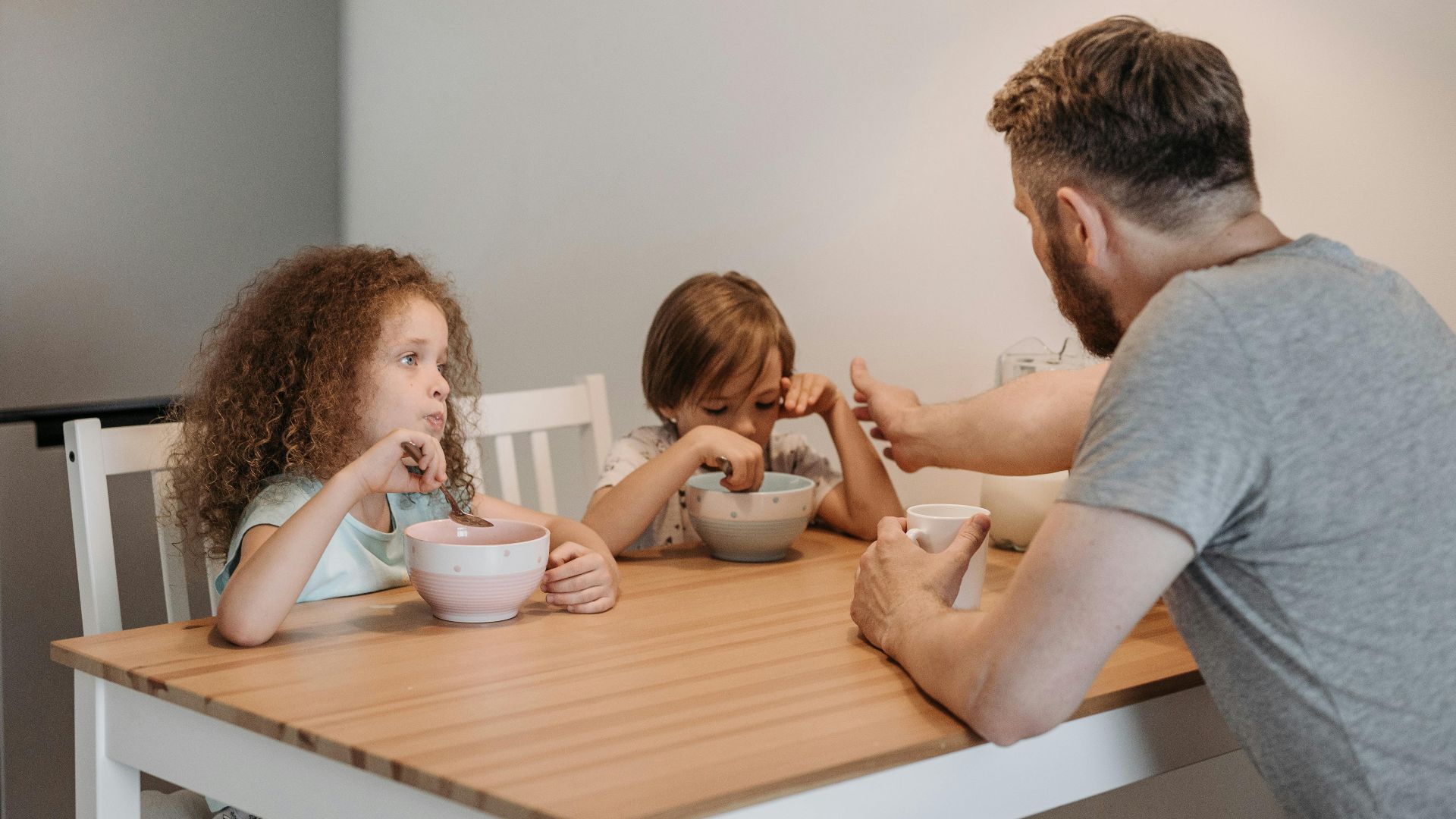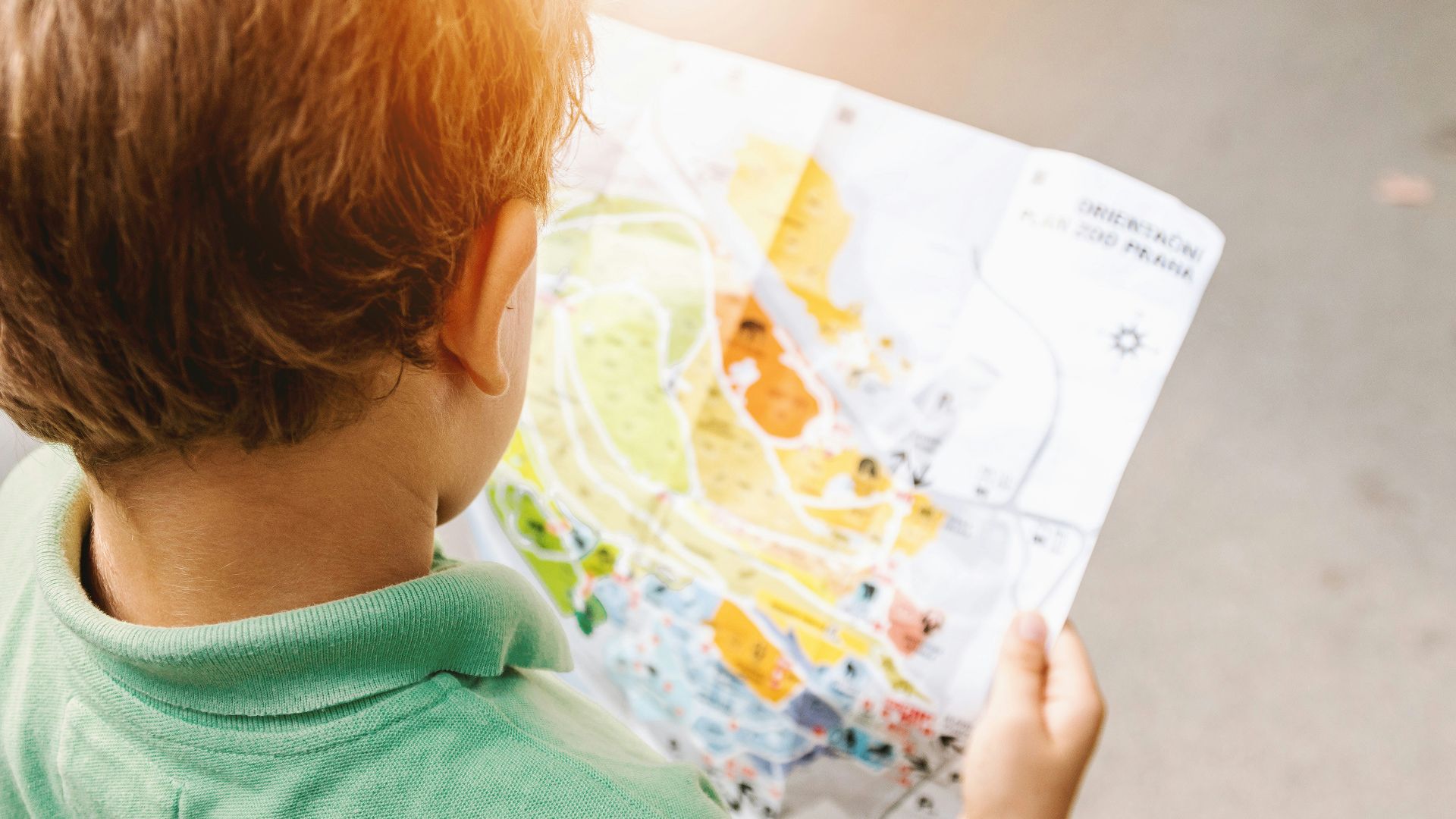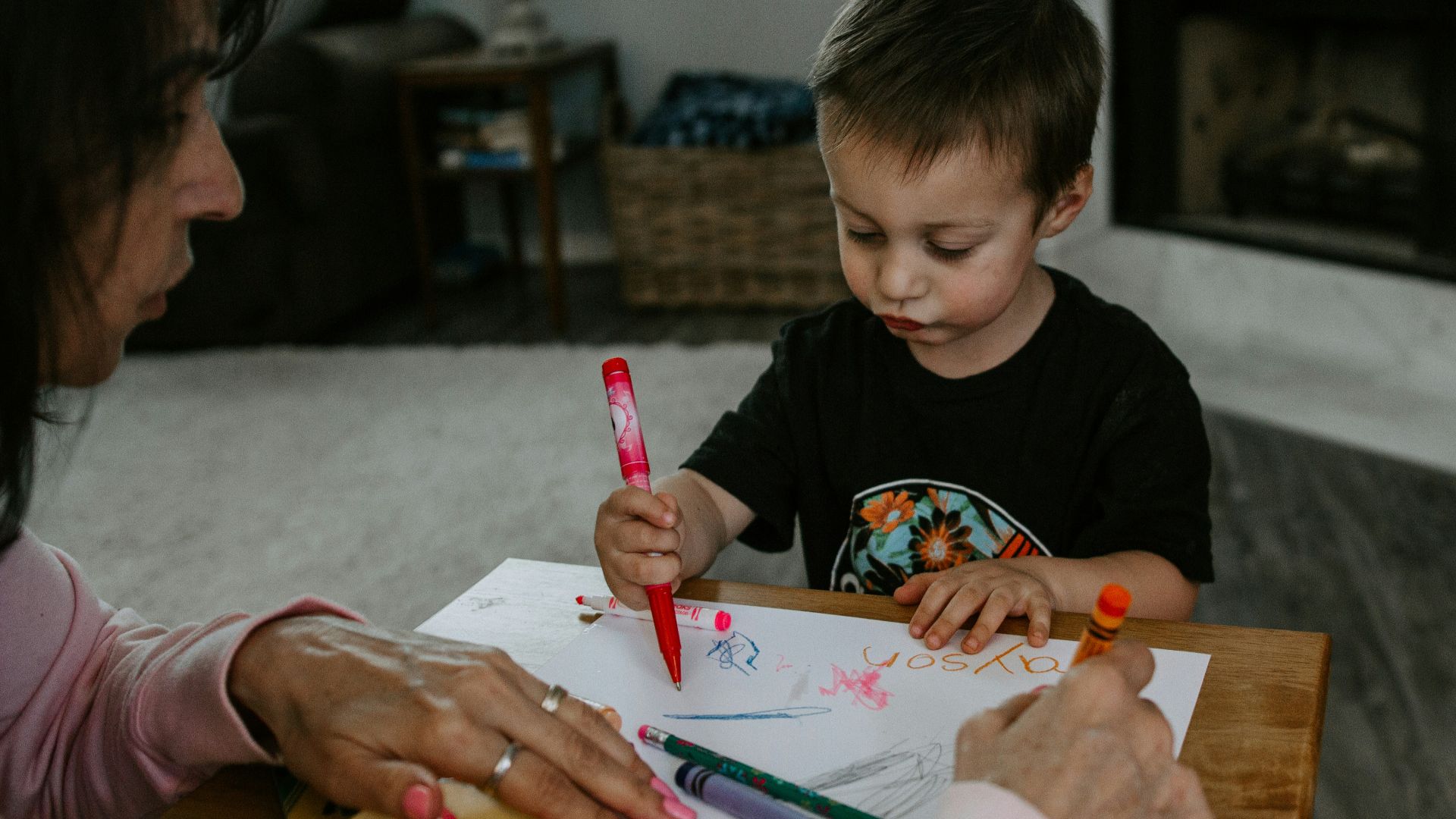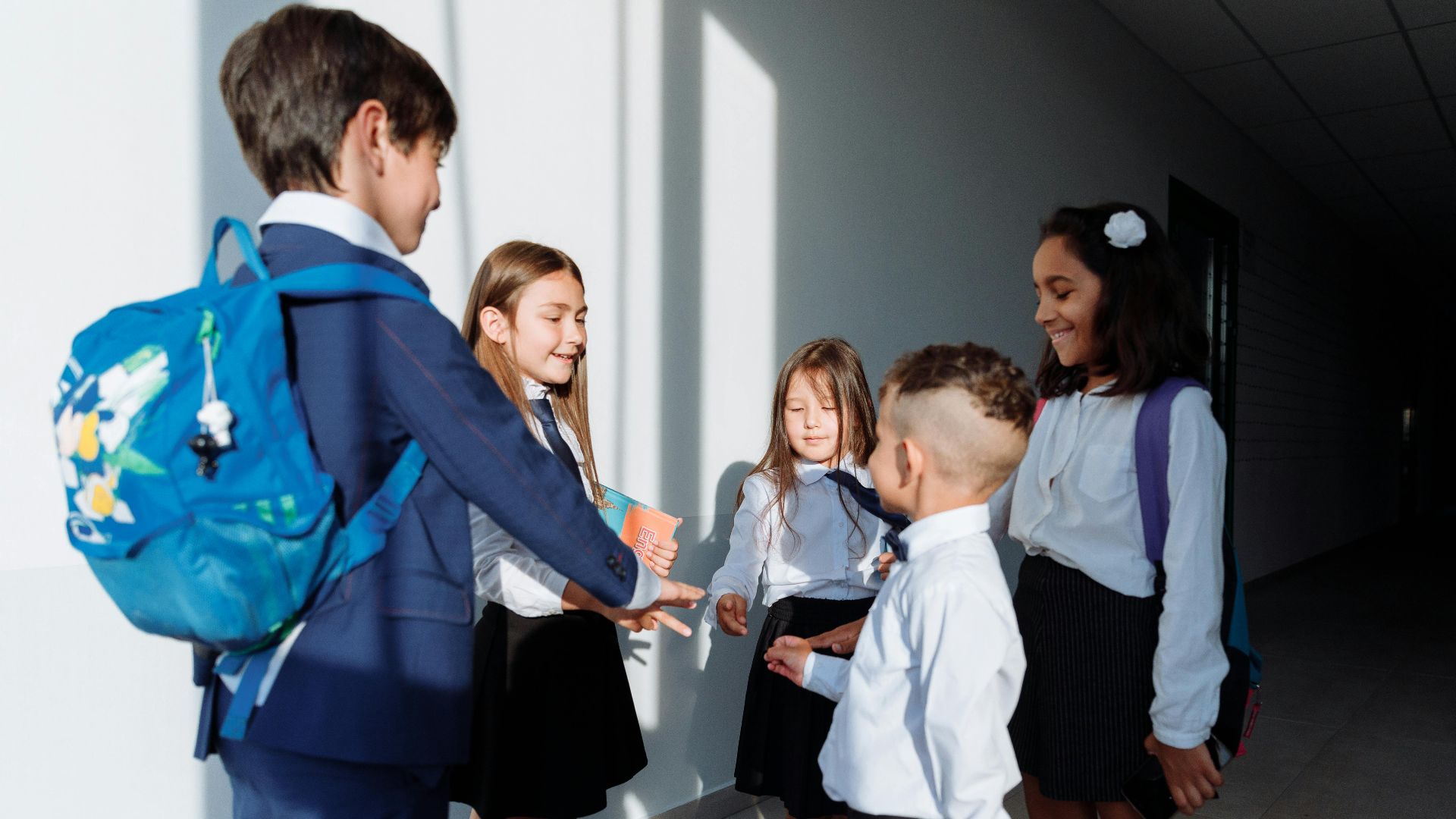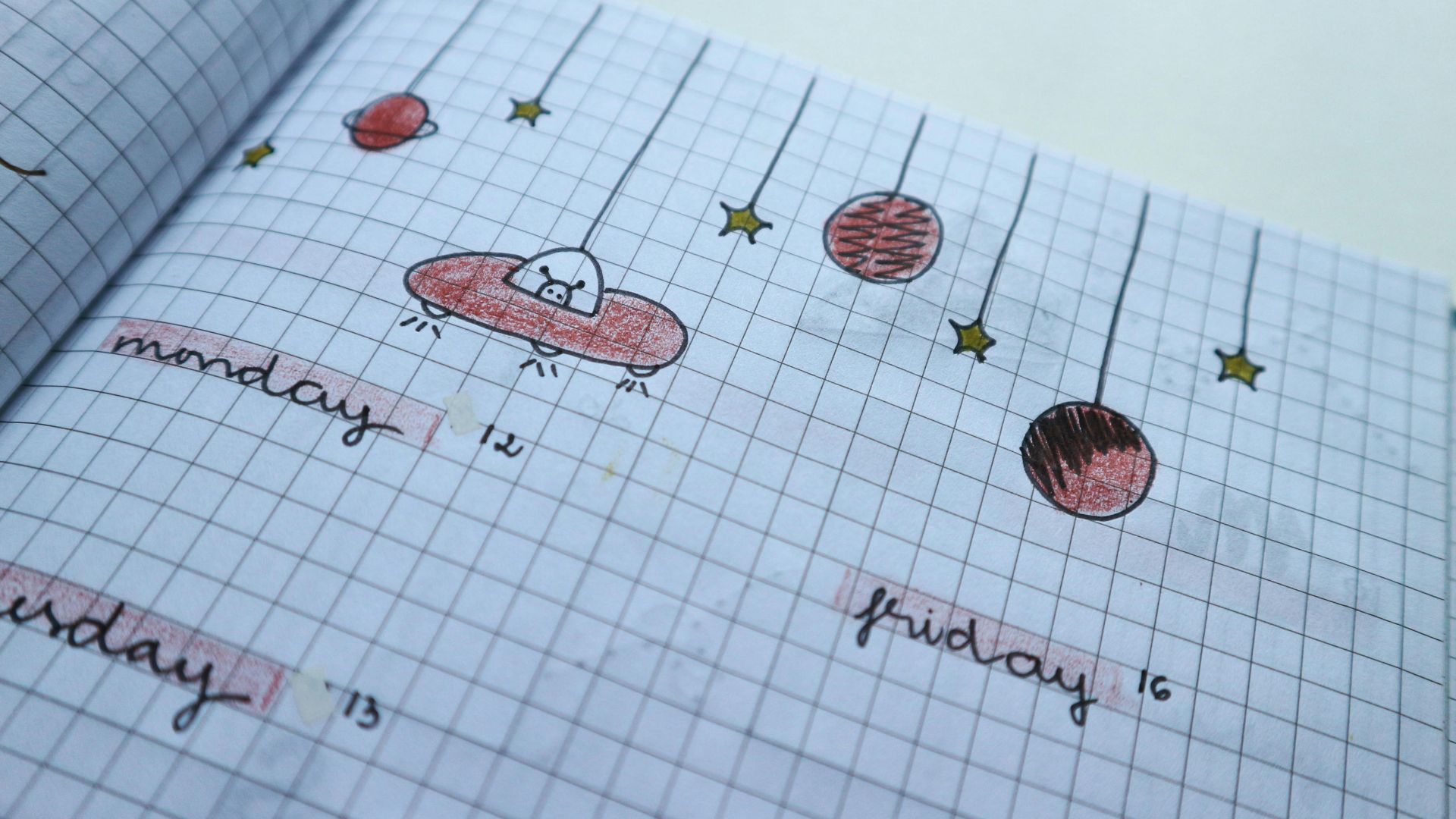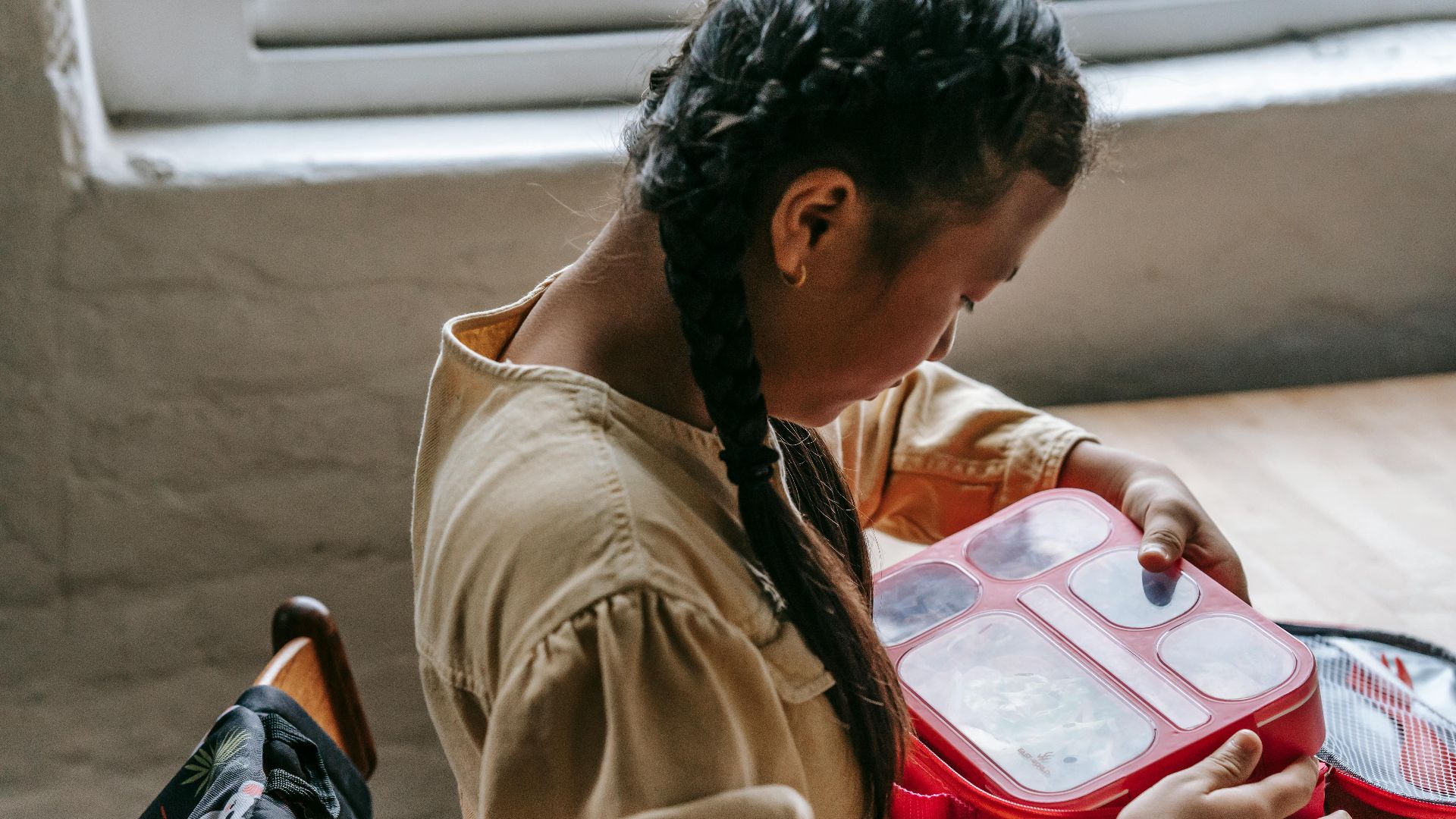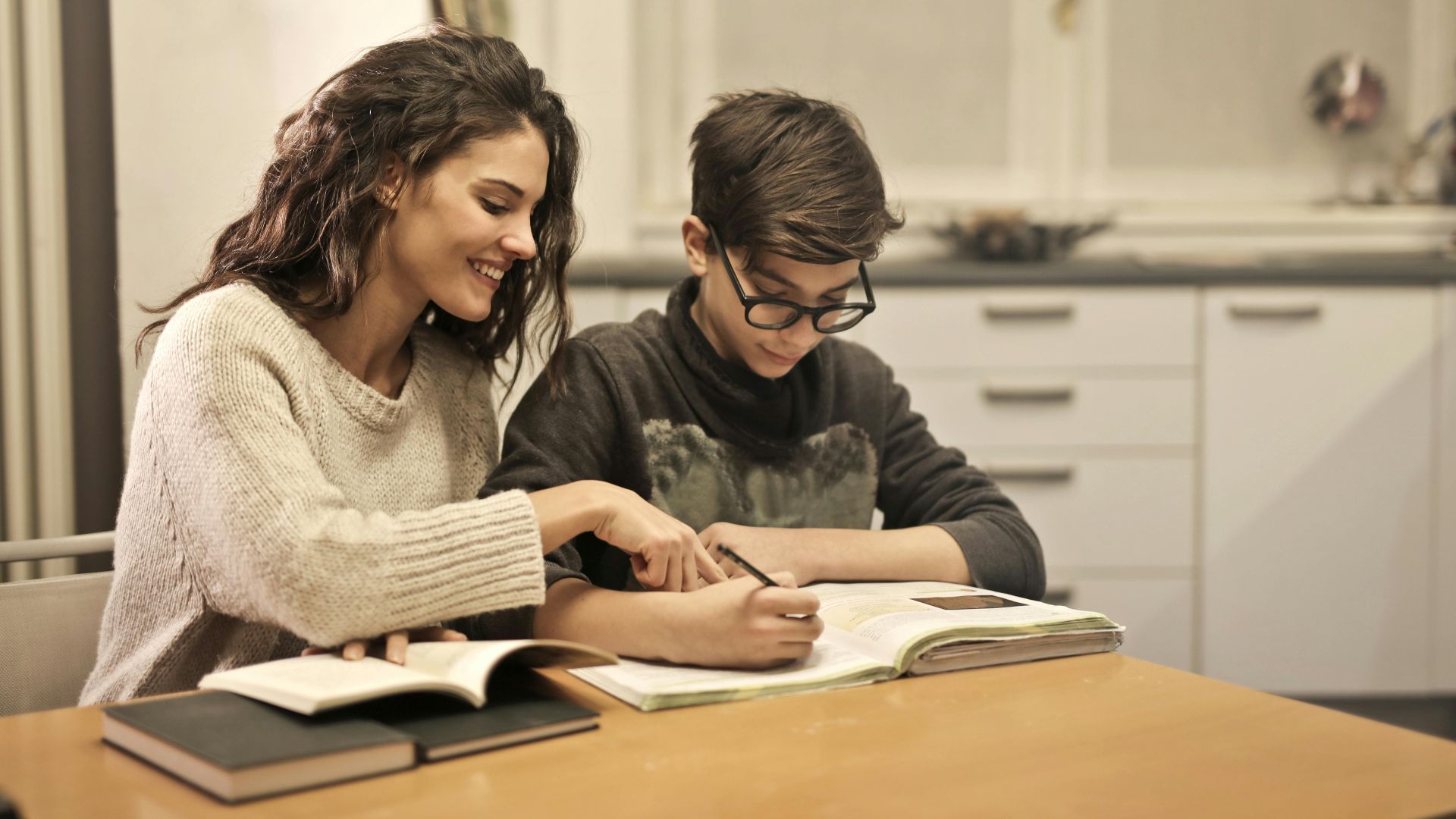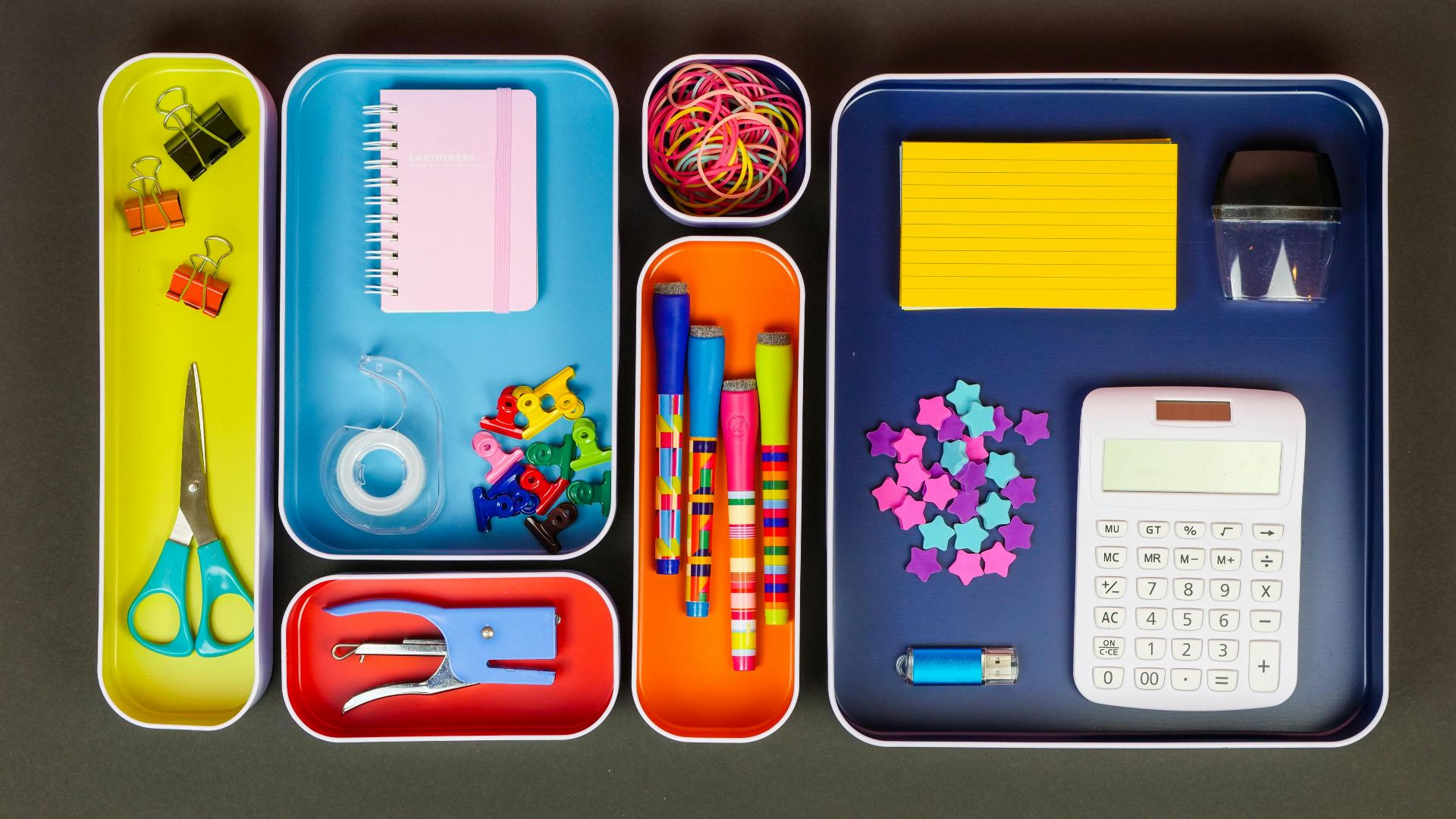Resumption Fears And Solutions
The first day of school can feel like a tidal wave for kids. Excitement mixes with anxiety, and small things can spiral into full-blown meltdowns. Kids may be reluctant to share what’s really bothering them, but we have covered some of the issues ahead. And not just that—we have also provided practical ways to ease the tension and bring back the smiles. Before sharing how you can help, let’s see what often goes unsaid.
1. Waking Up Early After A Long Summer
Kids’ sleep schedules shift over the summer, causing morning fatigue when school resumes. The average child needs 9–12 hours of sleep, but they typically get less during back-to-school week. Many even experience “social jet lag,” where their body clocks are off by hours.
2. Wearing Uncomfortable Or Unfamiliar Clothes
Clothes that don’t fit properly or feel unfamiliar can heighten stress and lower confidence. Even new uniforms or dress codes can make kids feel self-conscious or restricted. Anxiety about appearance makes some kids change outfits many times before school.
3. Not Knowing Their Teacher’s Name Or Style
Teacher–student rapport is a strong predictor of academic success and emotional well-being. When resuming school, kids may worry about unfamiliar authority figures and unpredictable classroom environments. Some may assume a strict teacher will dislike them without reason.
4. Getting Lost In A New Building Or Classroom
For many elementary students, finding their way around unfamiliar school layouts causes anxiety. Also, being late due to getting lost may lead to embarrassment. Kids commonly follow friends rather than signs, and this can backfire in a new school.
5. Forgetting Locker Combinations Or Locations
Students report lockers as a stressor in middle school. To avoid using lockers, many kids fake needing a backpack pass. Difficulty opening a locker can not only delay arrival to class but also invite teasing.
6. Struggling To Make New Friends Or Keep Old Ones
Social acceptance is critical to a child’s self-esteem. If their former friends are in different classes, children feel isolated. They may be unsure if certain friends will keep hanging out with them or even join activities they don’t enjoy just to feel included.
7. Facing Overwhelming Rules And Routines
Children need repetition and visuals to fully retain new routines, but a sudden influx of new rules can confuse or frustrate even well-behaved kids. Some schools introduce many rules on day one, which leads to an overload.
8. Eating Alone In The Cafeteria
Mealtime loneliness can lead to chronic school avoidance in younger children. Many kids have sat alone during lunch at least once in the first week, and that’s not something they want to repeat. Children may even bring extra snacks, hoping to trade for social interaction.
9. Feeling Unprepared For Pop Quizzes Or Tests
Many schools assess students on the first day to gauge summer learning loss. However, surprise testing raises cortisol levels, which reduces memory recall and increases errors. Kids may fear being labeled “behind” in front of new classmates.
10. Having Too Many Supplies To Carry Or Track
Carrying heavy bags can strain young backs and shoulders and cause pain. Children may also lose or mix up supplies on the first day, and this can cause embarrassment. Plus, lost supplies may mean missing out on day-one activities or projects.
Only knowing what they hate is not enough. Let's see how you can ease your child into school again.
1. Do A Practice Run The Week Before
A dry run helps kids adjust their internal clocks and ease back into routines. Familiarize children with the necessary route, timing, and steps to reduce first-day anxiety. You may decide to simulate a full “school day” with breakfast and bus stop practice.
2. Let Them Pick Their First Day Outfit In Advance
Kids are more confident when they feel good in what they wear, and letting them choose their clothes gives them a sense of control and comfort. Also, picking outfits the night before reduces morning decision fatigue and meltdowns.
3. Tour The School Grounds With A Map And Checklist
A visual tour helps reduce spatial anxiety and builds situational confidence. When children know the restroom, classroom, and nurse locations, it boosts independence on day one. Kids love scavenger-hunt-style walkthroughs and tend to remember locations better that way.
4. Roleplay Introductions And Teacher Interactions
Kids often giggle during roleplay—proof that it turns nervous energy into excitement. Practice greetings with your kids. It helps them overcome social hesitation and become more verbally fluent. Also, simulating real scenarios reduces fear of the unknown and boosts comfort.
5. Host A “Back-To-School” Playdate With Classmates
Playdates with classmates help kids associate school with fun and friendship. Plus, social familiarity can reduce first-day loneliness and build early bonds. Knowing even one peer increases classroom participation and school satisfaction.
6. Rehearse Locker Combos Using Fun Memory Tricks
Kids often panic when they forget their combo, and this can make them late or anxious, but memorizing locker codes improves on-time arrival and reduces hallway stress. Practicing with a toy lock doesn't just build confidence but also finger dexterity.
7. Create A Visual Schedule With Colors And Icons
Visual aids help children process time and tasks more clearly than words alone. Also, color-coded routines support kids with ADHD, autism, or executive function struggles, and icons like books or sandwiches turn routines into engaging stories.
8. Pack A Special Lunch With A Note Or Surprise
Personalized meals offer emotional comfort and break up midday stress, and a friendly note packed with them can boost self-esteem and reduce feelings of isolation. You can also include surprises like “superhero snacks” or “lucky forks” to excite them.
9. Review Last Year’s Work To Rebuild Confidence
Refreshing skills minimizes feelings of academic inadequacy on the first day. When kids are familiar with past material, they have a stronger launch point. To boost their motivation, review their success stories or great grades, too.
10. Use A Color-Coded Organizer For Supplies
Organizers teach responsibility and prevent supply mix-ups or losses. Color-coding helps kids associate subjects with visual cues, and using bright colors is a good idea as they stimulate interest and engagement in task preparation.


